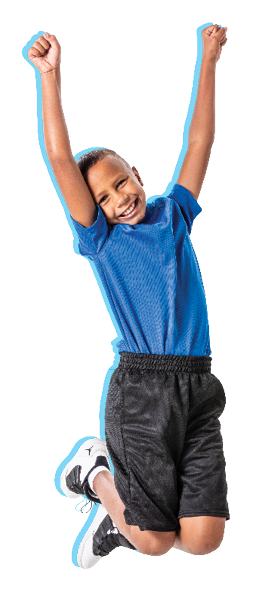Teaching students can be a joy, but each day can present different challenges. You’ll require a certain set of skills to handle these day-to-day tasks, with communication being one of the most important for any teacher. How can PE teachers communicate more effectively with their students?
Any instructional communication requires a specific tone, and especially for younger students, it can feel frustrating when they don’t do what you ask them to do. You also need to be available for questions for most of the school day – this is a unique challenge that comes with working with students, and as such you can’t apply the same techniques that you might if you were in an office.
Being able to effectively manage your communication is key to being successful in any role, but this skill is relied upon even more heavily when working with students. There are some things that you can do to make your instructions clearer and avoid any communication barriers that might result in poor completion of tasks or bad behavior in class. Here, we share some top tips for communicating effectively with your students.
Keep Instructions Short and Sweet
Students want to move and play, try not to spend too much time explaining the skill or activity. Share the basics of what they need to know then you can walk around and provide feedback. The goal of physical education is to move your body and it can be tough for students to sit for long periods of time waiting for you to get through the instructional part of the lesson.
Mix up your methods for providing instructions. Give some lectures and introduction to the lesson, use students for demonstrations, share a short video, provide skill cards or task cards around the activity area, or use stations with information on display. Even allowing for some peer teaching to engage all students in their learning.
Make Sure to Explain any Jargon
There are plenty of specific terms used in physical education and health, whether they’re official wording or just commonly used phrases. Whilst these might make sense to you, or to students in your class that participate in that sport outside of school hours, they can be confusing to others. Additionally, they can have the negative consequence of making some students feel excluded, as they don’t know what’s going on.
Instead, make sure to explain all the terms that you’re using, so each student has the same chance to learn. You can then use these going forward, as everyone will be on the same page.
Demonstrate as Well as Communicate
Different people learn in different ways. Some students will be auditory learners, who will be perfectly fine with verbal instructions, but other students may learn better kinaesthetically – with a practical aspect. Demonstrating what you want them to do and going around the class to help show them in smaller groups, will clear up any confusion.
In a bigger group, you could create learning cards for the students to refer back to when you’re busy with other students. Add pictures of skills or a list of tasks to complete so that they can keep practicing on their own until you get around to their group.
Give Students an Opportunity to Provide Feedback
When providing feedback to students it is good to give positive-specific feedback. Tell students what they did well or what they need to improve instead of just saying, “great job”. Say, “I like the way you stepped with the opposite foot” or “next time follow through on your kick”.
Communication is a two-way street. Of course, as the teacher, you are in a role of responsibility, but you should ensure that you’re actively listening to your students as well as instructing them.
Asking questions can help you understand how much the students have learned, and what areas you need to make clearer. This may also give you some insight into your teaching style – if they seem more responsive to a practical demonstration, but unsure after you show them a video, then you can use that to inform future teaching.
For older students, especially those at the middle school and high school level, make sure that they have the chance to give you feedback if they’d like to, perhaps in the form of a survey. Make sure you set clear expectations around what is acceptable so that the feedback is constructive. Not only will this help you, but it’s an important life skill that they can take forward into the world of work.
Think about how and when you communicate with your students. Make sure to use different styles of communication to reach everyone as students learn and respond in different ways. Being aware of how long you talk, the positivity in your feedback, and the words and tone you use can go a long way in keeping students engaged in your class. Your classes will be so much more effective in the long run.








